- Quick and easy service
Car Rental Paris
Search, compare & book!
- Free cancellation Up to 48 hours prior to the scheduled pick up time
- Best price guarantee Have you found a better price? Let us know and we will make you a better offer.
- 24000+ pick-up locations Locations around the world
Car Rental Paris
Renting a car in Paris is simple with us. We offer the best rates in the market. We offer rental cars worldwide, in over 125 countries and more than 17,000 locations. All inclusive car rental in Paris at the best rates - quality service guaranteed!
Car rental offers in Paris
Whether you're looking for a small rental car or a station wagon for the entire family, we will always have a suitable vehicle for the lowest price. Below are some examples from our selection in Paris.
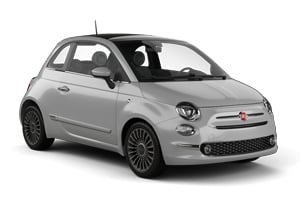
-
Hertz From€ 15 /day -
Europcar From€ 15 /day -
Keddy By Europcar From€ 16 /day
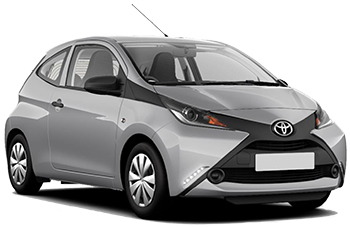
-
Keddy By Europcar From€ 16 /day -
Europcar From€ 21 /day
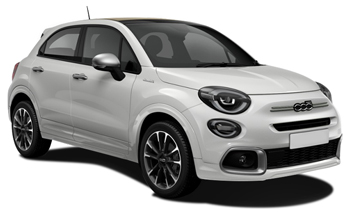
-
Europcar From€ 22 /day -
Keddy By Europcar From€ 26 /day -
Budget From€ 26 /day

-
Keddy By Europcar From€ 18 /day -
Europcar From€ 21 /day -
Budget From€ 25 /day
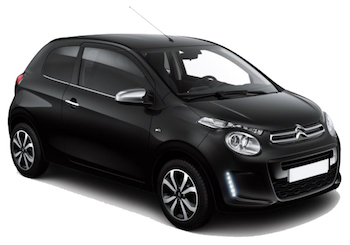
-
Keddy By Europcar From€ 20 /day

-
Keddy By Europcar From€ 24 /day -
Europcar From€ 26 /day -
Budget From€ 29 /day
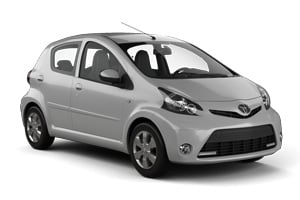
-
Budget From€ 21 /day -
Avis From€ 28 /day
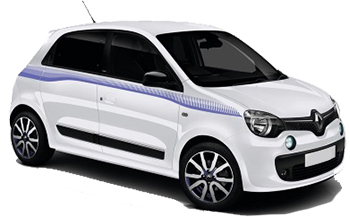
-
Enterprise From€ 21 /day -
Alamo From€ 24 /day -
National Car Rental From€ 25 /day
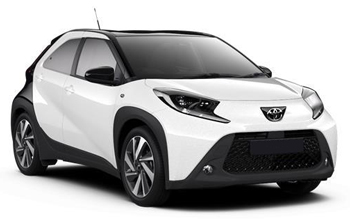
-
Budget From€ 25 /day
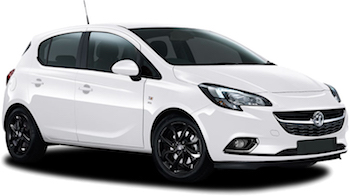
-
Keddy By Europcar From€ 13 /day -
Europcar From€ 19 /day -
Alamo From€ 25 /day

-
Europcar From€ 14 /day -
Keddy By Europcar From€ 16 /day -
National Car Rental From€ 23 /day

-
Europcar From€ 22 /day -
Keddy By Europcar From€ 32 /day -
Enterprise From€ 34 /day
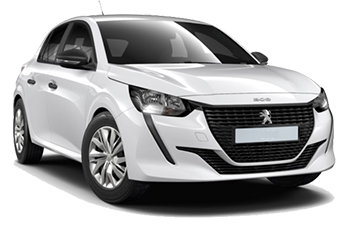
-
Keddy By Europcar From€ 17 /day -
Europcar From€ 17 /day -
Enterprise From€ 21 /day
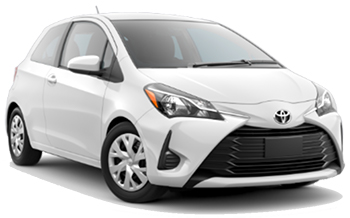
-
Keddy By Europcar From€ 18 /day -
Europcar From€ 24 /day

-
Keddy By Europcar From€ 24 /day -
Hertz From€ 26 /day -
Europcar From€ 28 /day
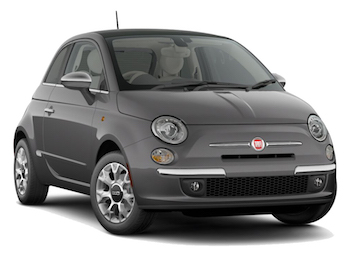
-
Sixt From€ 21 /day -
Budget From€ 25 /day -
RentScape From€ 27 /day

-
Sixt From€ 22 /day -
Keddy By Europcar From€ 25 /day -
Flizzr From€ 28 /day

-
Europcar From€ 24 /day -
Hertz From€ 26 /day -
Enterprise From€ 29 /day
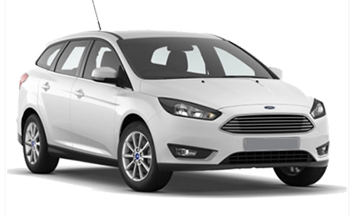
-
Dollar Rent a Car From€ 17 /day -
Hertz From€ 17 /day -
Thrifty From€ 21 /day
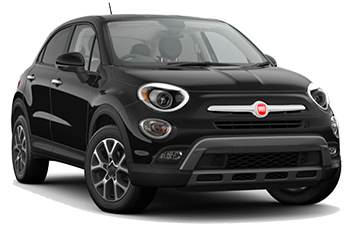
-
Europcar From€ 18 /day -
Keddy By Europcar From€ 22 /day -
Sixt From€ 32 /day

-
Europcar From€ 22 /day -
Keddy By Europcar From€ 28 /day -
Sixt From€ 41 /day
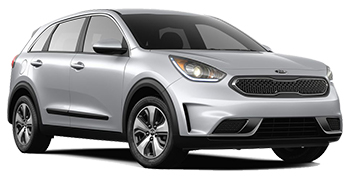
-
Europcar From€ 18 /day
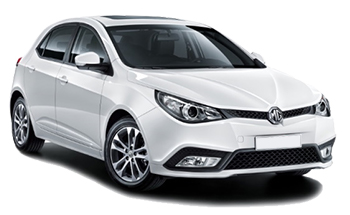
-
Europcar From€ 20 /day
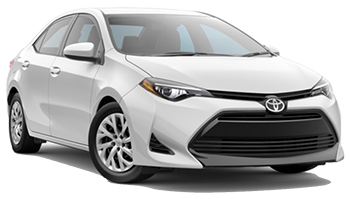
-
Europcar From€ 23 /day -
Keddy By Europcar From€ 29 /day -
Hertz From€ 40 /day
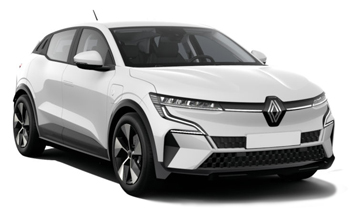
-
Keddy By Europcar From€ 22 /day -
Europcar From€ 24 /day -
Budget From€ 28 /day

-
Europcar From€ 25 /day -
Keddy By Europcar From€ 26 /day -
Budget From€ 30 /day
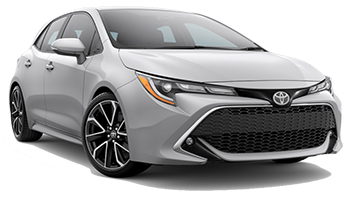
-
Europcar From€ 23 /day -
Keddy By Europcar From€ 24 /day -
Hertz From€ 31 /day

-
Keddy By Europcar From€ 23 /day -
Europcar From€ 27 /day -
Sixt From€ 35 /day
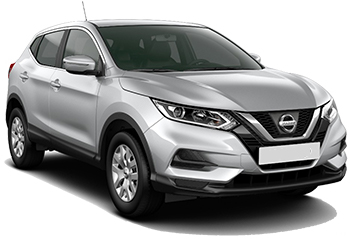
-
Keddy By Europcar From€ 23 /day -
Europcar From€ 26 /day -
Alamo From€ 28 /day

-
Europcar From€ 27 /day
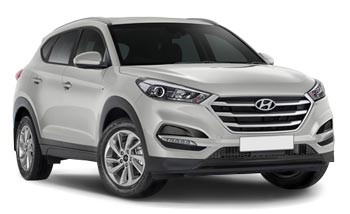
-
Keddy By Europcar From€ 24 /day -
Europcar From€ 33 /day

-
Keddy By Europcar From€ 26 /day -
Europcar From€ 27 /day -
Alamo From€ 40 /day

-
Europcar From€ 27 /day -
Keddy By Europcar From€ 33 /day -
Budget From€ 34 /day
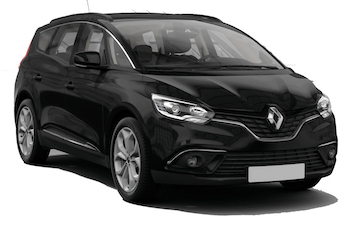
-
Thrifty From€ 26 /day -
Sixt From€ 40 /day -
Hertz From€ 44 /day
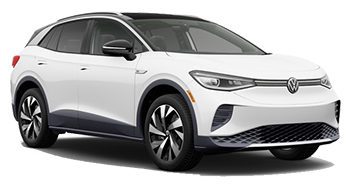
-
Europcar From€ 30 /day -
Keddy By Europcar From€ 33 /day -
Sixt From€ 58 /day
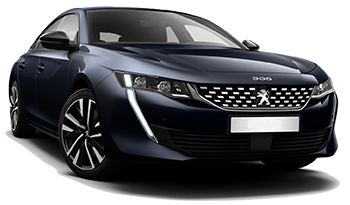
-
Alamo From€ 28 /day -
Enterprise From€ 36 /day -
National Car Rental From€ 36 /day

-
Alamo From€ 30 /day -
Enterprise From€ 36 /day -
Sixt From€ 38 /day
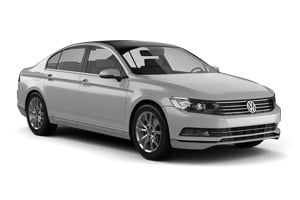
-
Alamo From€ 30 /day -
Enterprise From€ 36 /day -
National Car Rental From€ 40 /day
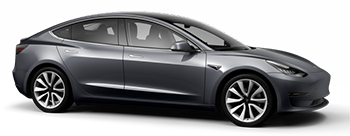
-
Europcar From€ 37 /day
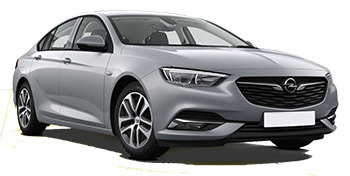
-
Alamo From€ 30 /day -
Enterprise From€ 36 /day

-
Alamo From€ 30 /day -
Enterprise From€ 36 /day -
National Car Rental From€ 40 /day

-
Enterprise From€ 38 /day -
Alamo From€ 54 /day -
Sixt From€ 63 /day
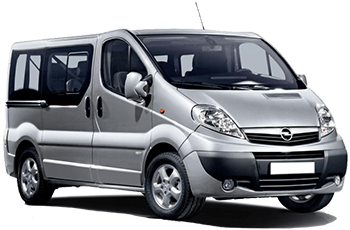
-
Alamo From€ 31 /day -
Enterprise From€ 36 /day -
National Car Rental From€ 43 /day

-
Europcar From€ 34 /day

-
Avis From€ 40 /day
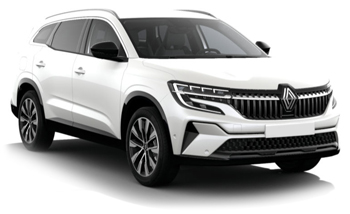
-
Avis From€ 33 /day
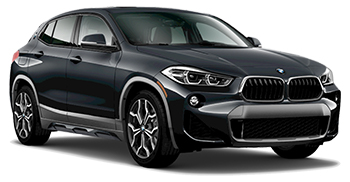
-
Europcar From€ 39 /day

-
Budget From€ 56 /day
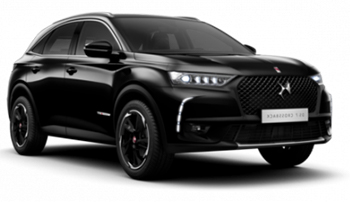
-
Alamo From€ 39 /day -
Enterprise From€ 41 /day -
National Car Rental From€ 43 /day
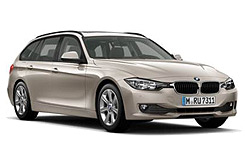
-
RentScape From€ 39 /day -
Sixt From€ 49 /day -
Flizzr From€ 64 /day
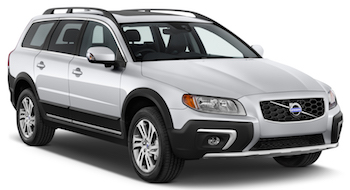
-
Europcar From€ 58 /day -
Avis From€ 70 /day -
Budget From€ 135 /day
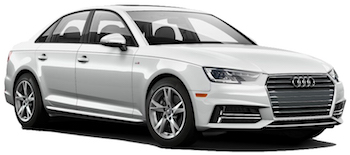
-
RentScape From€ 40 /day

-
Budget From€ 40 /day
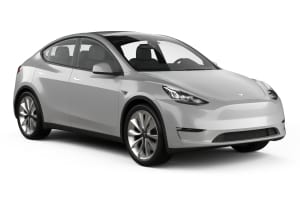
-
Europcar From€ 58 /day

-
Hertz From€ 34 /day -
Europcar From€ 46 /day

-
Avis From€ 38 /day
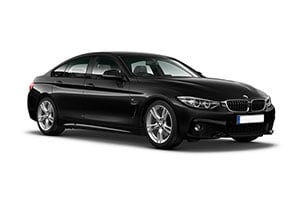
-
Budget From€ 41 /day -
Avis From€ 43 /day -
Sixt From€ 75 /day
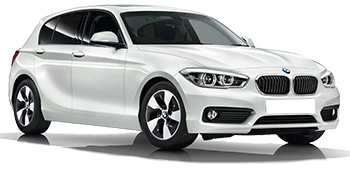
-
Avis From€ 40 /day -
Budget From€ 40 /day -
Europcar From€ 44 /day

-
Budget From€ 42 /day -
Avis From€ 46 /day

-
Alamo From€ 42 /day -
National Car Rental From€ 45 /day -
Enterprise From€ 46 /day

-
Avis From€ 44 /day
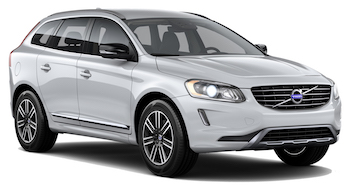
-
Alamo From€ 42 /day -
RentScape From€ 43 /day -
Enterprise From€ 46 /day

-
Alamo From€ 43 /day -
Enterprise From€ 46 /day -
National Car Rental From€ 47 /day

-
Dollar Rent a Car From€ 17 /day -
Hertz From€ 17 /day -
Thrifty From€ 21 /day
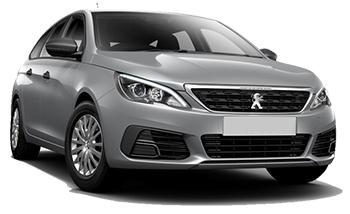
-
Hertz From€ 28 /day -
Thrifty From€ 28 /day -
Dollar Rent a Car From€ 28 /day

-
Hertz From€ 33 /day -
Sixt From€ 49 /day

-
Hertz From€ 31 /day -
Thrifty From€ 31 /day -
Europcar From€ 39 /day

-
Hertz From€ 40 /day -
Europcar From€ 44 /day
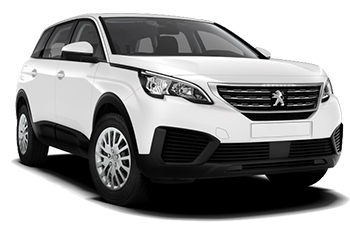
-
Europcar From€ 34 /day -
Keddy By Europcar From€ 36 /day -
National Car Rental From€ 56 /day
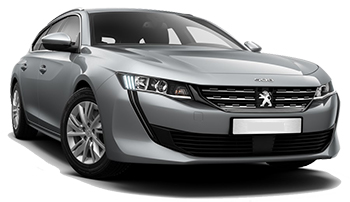
-
Sixt From€ 36 /day

-
Hertz From€ 41 /day

-
Sixt From€ 37 /day

-
Alamo From€ 31 /day -
Enterprise From€ 36 /day -
National Car Rental From€ 43 /day
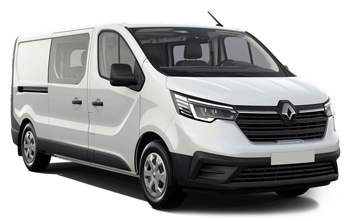
-
Europcar From€ 37 /day -
Enterprise From€ 50 /day -
Avis From€ 53 /day

-
Budget From€ 54 /day -
Europcar From€ 64 /day
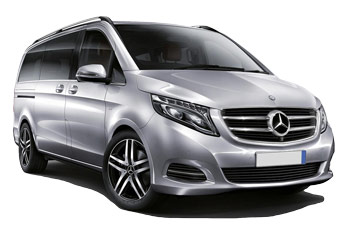
-
Europcar From€ 37 /day -
Keddy By Europcar From€ 101 /day

-
Budget From€ 53 /day -
Keddy By Europcar From€ 57 /day -
Europcar From€ 60 /day

-
Europcar From€ 57 /day -
Avis From€ 62 /day -
Enterprise From€ 78 /day

-
Europcar From€ 62 /day
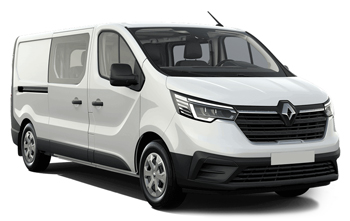
-
Avis From€ 57 /day -
Alamo From€ 58 /day -
Enterprise From€ 59 /day

-
Europcar From€ 65 /day -
Avis From€ 70 /day -
Sixt From€ 90 /day
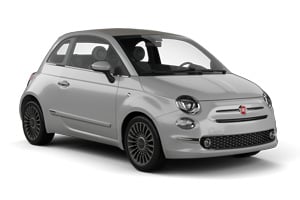
-
Hertz From€ 29 /day
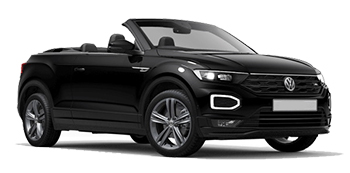
-
Sixt From€ 41 /day
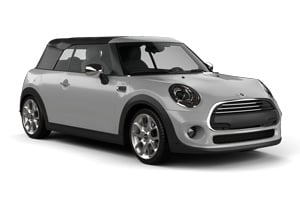
-
Sixt From€ 50 /day

-
Sixt From€ 42 /day

-
Sixt From€ 69 /day
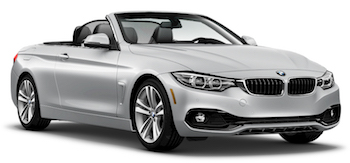
-
Sixt From€ 90 /day

-
Sixt From€ 105 /day
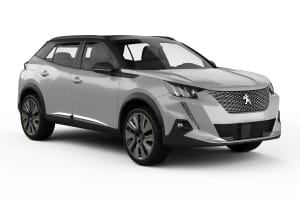
-
Sixt From€ 24 /day -
Thrifty From€ 24 /day -
Dollar Rent a Car From€ 25 /day

-
Thrifty From€ 24 /day -
Hertz From€ 26 /day -
Sixt From€ 30 /day

-
Europcar From€ 30 /day -
Keddy By Europcar From€ 33 /day -
Budget From€ 34 /day

-
Keddy By Europcar From€ 25 /day -
Europcar From€ 28 /day -
Sixt From€ 35 /day

-
Keddy By Europcar From€ 25 /day -
Europcar From€ 28 /day -
Alamo From€ 28 /day

-
Europcar From€ 30 /day -
Keddy By Europcar From€ 33 /day -
Sixt From€ 58 /day

-
Keddy By Europcar From€ 26 /day -
Alamo From€ 30 /day -
Enterprise From€ 31 /day

-
Alamo From€ 27 /day -
Enterprise From€ 27 /day -
National Car Rental From€ 29 /day

-
Alamo From€ 31 /day -
Enterprise From€ 34 /day
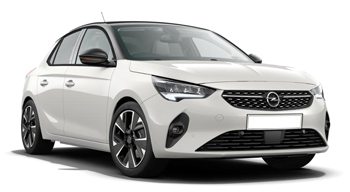
-
Keddy By Europcar From€ 13 /day -
Europcar From€ 22 /day

-
Europcar From€ 14 /day -
Keddy By Europcar From€ 16 /day -
National Car Rental From€ 23 /day

-
Europcar From€ 23 /day -
Budget From€ 26 /day -
Hertz From€ 29 /day

-
Hertz From€ 15 /day -
Europcar From€ 15 /day -
Keddy By Europcar From€ 16 /day

-
Keddy By Europcar From€ 17 /day -
Europcar From€ 17 /day -
Enterprise From€ 21 /day

-
Keddy By Europcar From€ 24 /day -
Europcar From€ 26 /day -
Budget From€ 29 /day

-
Keddy By Europcar From€ 18 /day -
Europcar From€ 21 /day -
Hertz From€ 22 /day

-
Europcar From€ 18 /day

-
Keddy By Europcar From€ 24 /day -
Hertz From€ 26 /day -
Europcar From€ 28 /day
Car rental companies in Paris
Below are the car rental companies in Paris with the best ratings. Compare all ratings and prices of these rental companies in one search.
-
Enterprise
From€ 21 / day -
Europcar
From€ 14 / day -
Sixt
From€ 21 / day -
National Car Rental
From€ 23 / day -
Hertz
From€ 15 / day -
Flizzr
From€ 28 / day

When is the best time to book a rental car in Paris?
Car rental companies in and around Paris
Information about Paris
Paris is the jewel in France's crown. The proud, glorious capital has inspired thousands to creating poems and songs. But no one succeeds in capturing the city's spirit in words. And in fact, it would be impossible, as there is just not one single Paris. Each neighborhood has its own character. Pigalle is not Montmartre and the Quartier Latin is not St.-Germain-des-Prés. Paris has medieval grandeur and ultramodern buildings, exclusive residential districts and vibrant working-class neighborhoods, large avenues and intimate alleyways, noisy marketplaces and quiet parks.
Which is Paris' most beautiful avenue? The Champs-Elysées you say? Certainly not, it is the Seine, the lifeline that runs straight through the city and that is spanned by no less than thirty-four bridges. Did Napoleon III not already call it 'the main road between Paris, Rouen and Le Havre'? The river runs around two islets and on one of them – la Cité – the Romans decided to build the city of Lutetia. These days, the rather bulky silhouette of the Notre Dame predominates. The other island, St-Louis, is pedestrianized and an oasis of tranquility in the heart of Paris. Only the very well-to-do can afford an apartment here.
The longstanding distinction between the Seine's left bank (commercial, maybe even a bit coarse) and the right bank (intellectual, artistic) still applies. On the right bank you'll find the Louvre Museum, the stately Champs-Elysées with the Arc de Triomphe, and the Opéra. As well as the Centre Pompidou (ugly as sin according to some, beautifully modern according to others) and the Forum des Halles, just as controversial and with an underground shopping center. Oh well, initially the Parisians didn't like the Eiffel Tower either. On the left bank lies the cozy Quartier Latin – where more tourists than students walk around these days – and the very popular Jardin du Luxembourg.
East of the Centre Pompidou lies the neighborhood of Le Marais. In the 1970s this district was quite run-down, but as is the case in many other cities, private individuals and later contractors saw an opportunity. Old houses were refurbished and these days Le Marais is one of Paris' more expensive neighborhoods, including the trendy cafés that come with it. Fortunately the Jewish bakers are still around.
North of the inner city, the white Sacré-Coeur catches the eye, on top of Montmartre. At the foot lies the Place du Tertre, the realm of daubers who sell their 'art' for a lot of money to tourists. The district with its cobblestone streets has a unique charm that can really only be experienced on a cold winter day when those daubers sit close to the fireplace and there are barely any tourists ...
Just east of Montmartre, the ambiance is quite different. Many African immigrants live in this area. While the suburbs (banlieus) with immigrants are downright disconsolate and unsafe, this is a colorful neighborhood with stores and restaurants that radiate the nationality of their owners: Moroccan and Algerian, but also Senegalese and other nationalities from the former French colonies in Africa.
More immigrants from former colonies, but in this case from India, are concentrated in and around the Passage Brady between the Boulevard de Strasbourg and the Rue du Faubourg St-Denis. But India was British, you may think. Not entirely, on the east coast some parts were owned by the French. For those who love Indian food, Passage Brady is the place to go.
Traditionally, Place Pigalle is one of Paris' entertainment areas. A bit raunchy with many sex and peepshows, but that is not all there is. This neighborhood also houses large discotheques unrelated to the sex industry. However, if you prefer to go to a 'regular' entertainment area, we recommend the area of the Bastille. Here there are no mega discotheques, but there are cozy cafés and nightclubs, especially on and around Rue de Lappe and Rue de la Roquette.
In and around Paris
The Cité des Sciences et de l'Industrie in the Parc de la Villette is a very popular science museum. Great fun for kids as almost everything is interactive. Also for young children, as there is a special section with experiments and activities geared towards children in the ages of two to twelve years old.
More fun for children: East of Paris – near Marne la Vallée – lies Disneyland. Actually they are two attraction parks, Disneyland Paris and Walt Disney Studios. Where the little ones will enjoy Mickey and Minnie Mouse walking around, the older ones will enjoy attractions such as Honey I shrunk the audience and Big Thunder Mountain.
The French have responded to the 'American Disney business' with a park on their national comic-strip hero Astérix. In Plailly – just north of Paris – lies the Parc Astérix, where they have recreated the courageous Gallic village, including a Roman army camp with incompetent soldiers. The dolphins and sea lions are another attraction in this park.
The village of Giverny is located eighty kilometers outside of Paris on the Seine's right bank. The surroundings are beautiful and have inspired many painters. Claude Monet lived here and his house and studio have now been converted into a museum.
Parking
You can park your rental car out on the streets, but generally you can only pay with a so-called Paris Card, a sort of chip card. In the center (districts 1 through 7) you pay the highest rate. The French capital also has many underground garages, but they are sometimes hard to find. You can usually find these garages in busy shopping streets, in the business districts and near tourist attractions.
Airport
Paris has two airports. The largest one is Paris Charles De Gaulle Airport, 23 kilometers northeast of the French capital. The airport is located along the A1 freeway. You can reach the airport via the A3 from Porte de Bagnolet.
Paris Orly Airport is located 14 kilometers south of Paris. There are different roads from the airport to Paris, depending on your destination. To Porte d'Orléans: freeway A6a; to Porte de Gentilly: freeway A6b; to Porte d'Italie: national road A7; to Porte de Bagnolet: freeway A3.